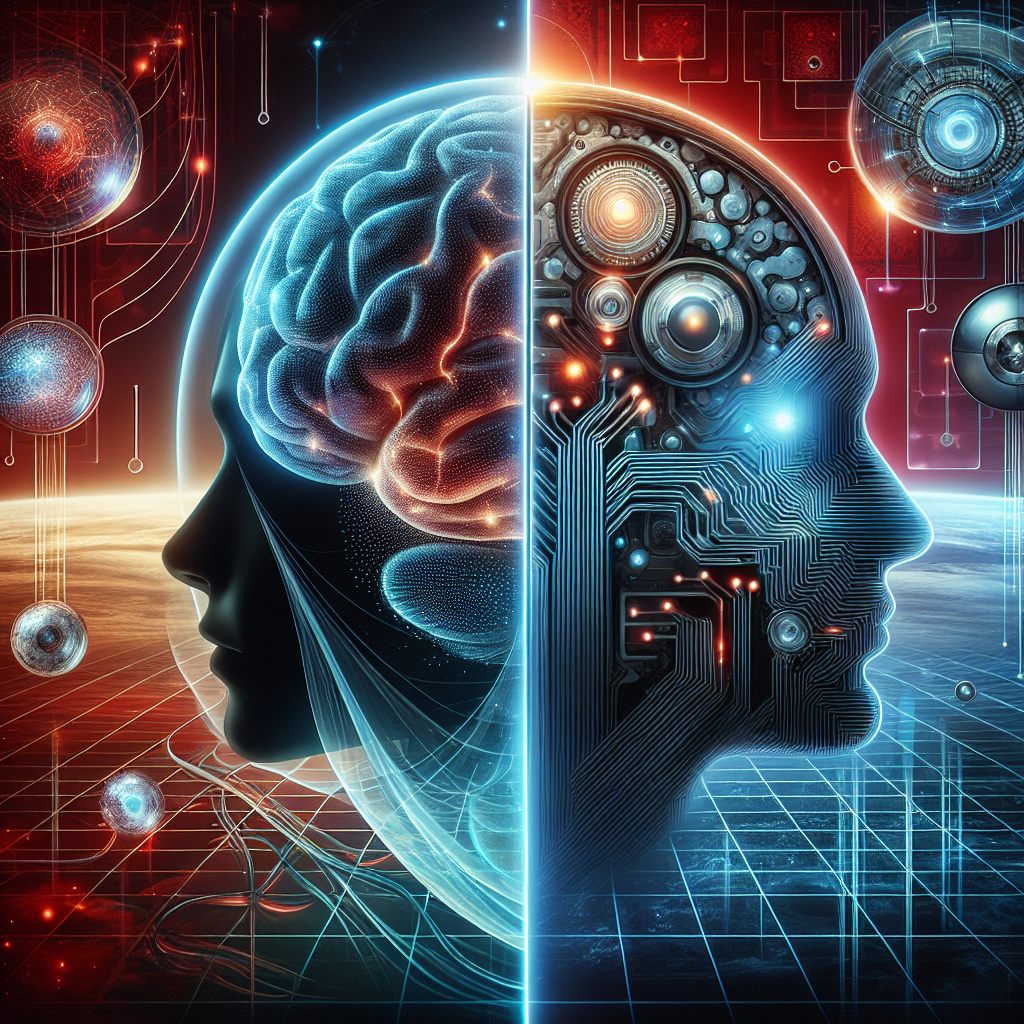OpenAI’s Sam Altman to Back Startup Challenging Elon Musk’s Neuralink
A new technological rivalry is brewing between two of Silicon Valley’s most prominent figures—Sam Altman and Elon Musk. According to several reports, OpenAI CEO Sam Altman is preparing to support a startup that aims to directly compete with Neuralink, the brain-computer interface (BCI) company founded by Musk. The move signals a powerful new chapter in the race to merge artificial intelligence with human cognition—a journey full of promise, ethical complexity, and regulatory scrutiny.
The Rise of Neuralink and the Brain-Machine Interface Revolution
Elon Musk’s Vision for Neuralink
Founded in 2016, Neuralink has been at the forefront of developing implantable brain-machine interfaces (BMIs). The company envisions devices that can help individuals with neurological disorders communicate and control devices purely with their thoughts. Beyond therapeutic applications, Musk emphasizes a broader vision: enabling symbiosis between humans and AI to ensure humans aren’t left behind by the exponential progress in artificial intelligence.
This ambitious goal, once considered science fiction, is edging into reality. In early 2024, Neuralink achieved a critical milestone by implanting its device, Telepathy, into a human patient. The subject was reportedly able to move a cursor with thoughts alone—a breakthrough indicating Neuralink’s progress in real-world functionality.
Challenges Facing Neuralink
Despite achievements, Neuralink’s road has been riddled with controversy. FDA scrutiny, delays in human trials, concerns around invasive procedures, and debates surrounding animal welfare have generated public and scientific concern. The company’s rapid pace often clashes with established medical and regulatory review timelines, particularly in highly regulated markets like the United States.
Sam Altman’s Strategic Countermove
OpenAI’s Broader Ecosystem Vision
Sam Altman has always focused on long-term, existential implications of artificial intelligence, aiming for safe and beneficial development pathways. OpenAI, under Altman’s leadership, laid the foundational work for generative AI with ChatGPT. However, OpenAI’s sights have never been limited to software alone. Altman has expressed interest in advancing technologies at the intersection of biology and computing—a theme shared by many emerging ventures.
Backing a Neuralink competitor fits this trajectory. The move reflects not just Altman’s interest in brain-computer interface technologies, but also his desire to shape their development in alignment with AI safety principles and open technological ecosystems.
The Startup Challenger: What We Know
While specific details about the new Neuralink rival remain limited, early reports suggest the team includes neuroscientists, engineers, and AI ethicists formerly affiliated with OpenAI and other major tech labs. The venture is expected to focus on non-invasive or minimally invasive solutions—potentially sidestepping the regulatory and ethical concerns linked to Neuralink’s surgical implants.
Moreover, OpenAI’s potential backing raises questions about how the challenger might prioritize transparency, accessibility, and open research. This could result in a different approach to commercialization and deployment, perhaps aligning more closely with public sector collaborations and open science initiatives.
Implications for the Future of Government Contracting and Public-Sector Technology
Potential for Public-Private Partnerships (PPPs)
Brain-computer interface technologies are likely to attract interest from federal and state agencies. Applications in health, defense, communications, and accessibility could drive programmatic funding through the NIH, DARPA, and the Department of Veterans Affairs. Maryland, with its proximity to federal centers and its life sciences innovation ecosystem, could become a focal point for public-private partnerships in neurotech.
This emerging competition could therefore stimulate new procurement pathways. State and federal contracting officials should begin to anticipate business opportunities and compliance frameworks for these revolutionary technologies.
Technology and Regulatory Alignment
As both Neuralink and its new rival advance in research, government agencies will need to develop regulatory and ethical frameworks specific to BCI technologies. Contractors and vendors entering this space should prepare for new standards in medical device approvals, data privacy protocols, and AI compliance frameworks.
For project managers and proposal developers in government contracting, opportunities may also arise in the form of R&D grants, cooperative agreements, and pilot programs involving BCI tech.
Conclusion
The possibility of Sam Altman and OpenAI backing a Neuralink rival isn’t just about a corporate showdown—it’s about diverging visions for humanity’s future relationship with technology. With Neuralink making substantial technical strides and a new competitor emphasizing ethical AI and possibly less invasive approaches, the BCI landscape is set for transformative innovation and regulatory evolution.
For government contractors, project managers, and technology vendors, now is the time to understand the trajectory of neurotechnology. As public-sector interest inevitably grows, those who can align with the emerging ecosystem—ethically, technically, and contractually—stand to shape the next frontier of human-machine collaboration.#BrainComputerInterface #SamAltman #ElonMusk #Neuralink #FutureOfAI

